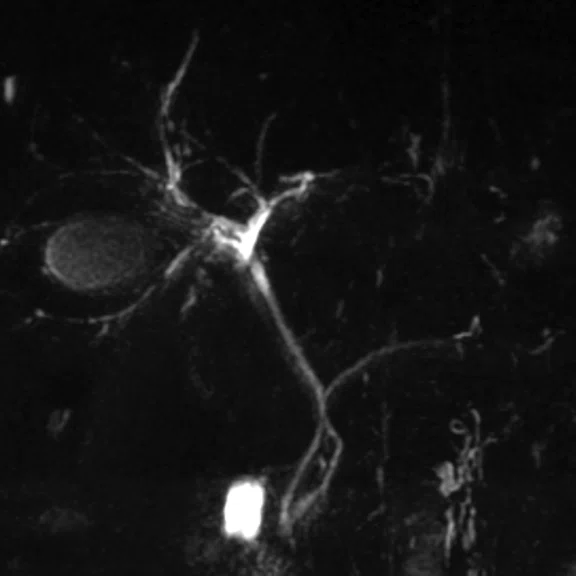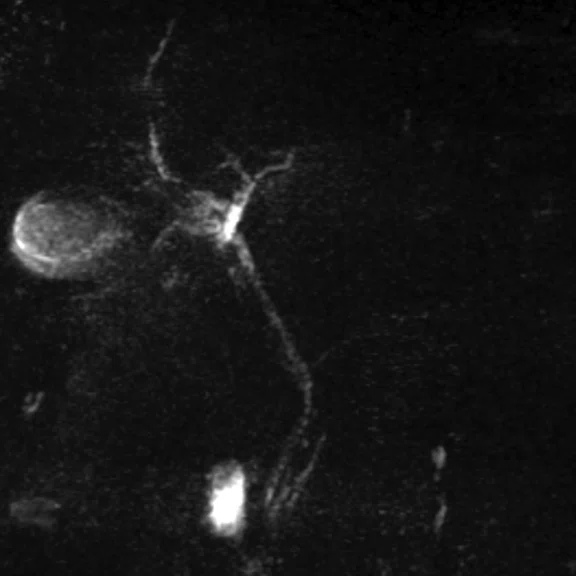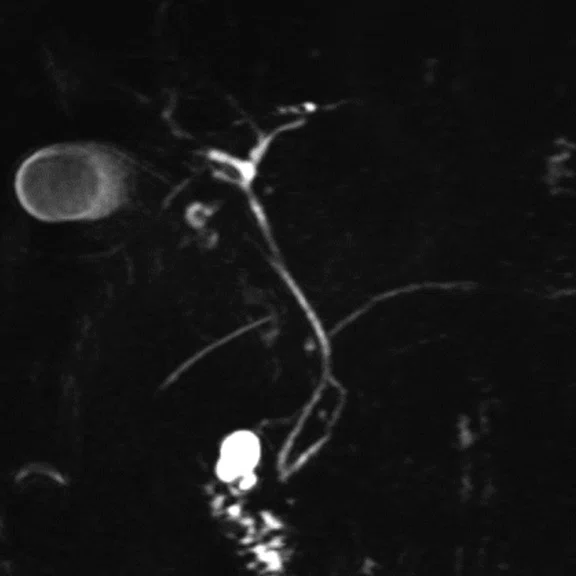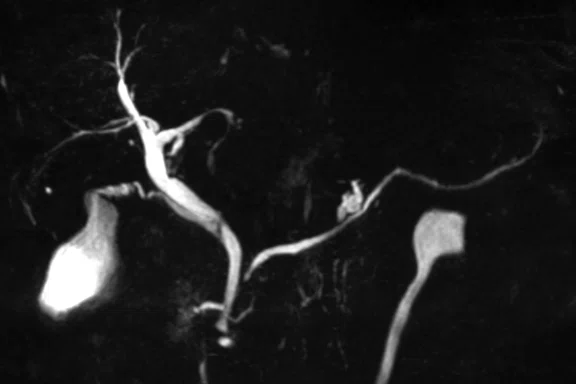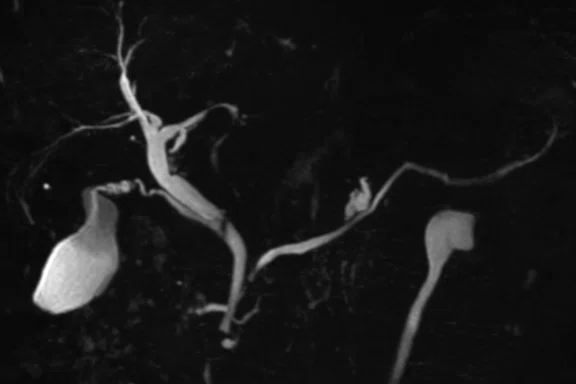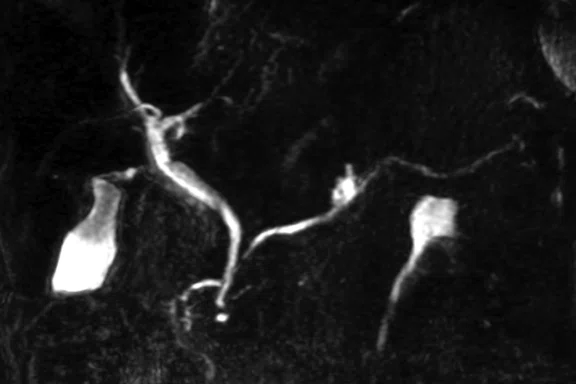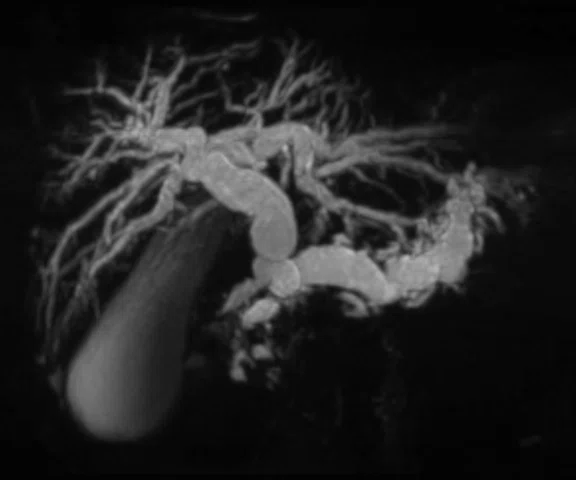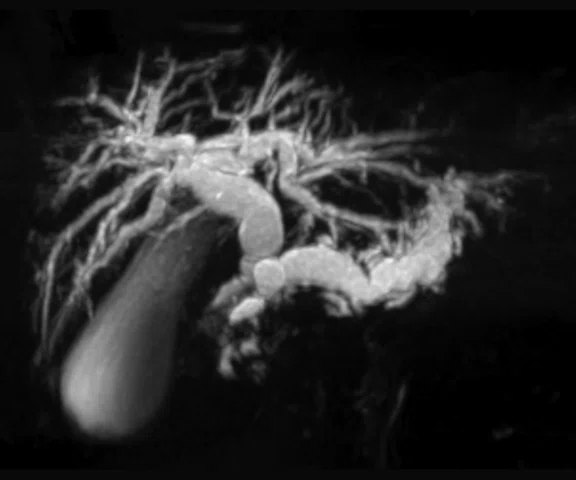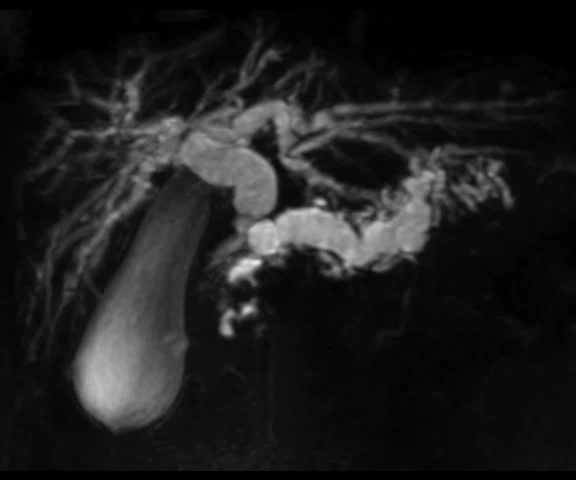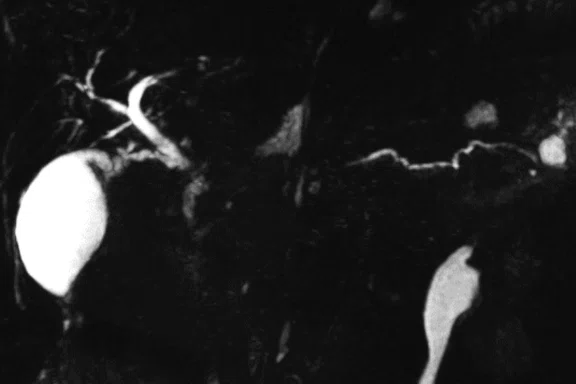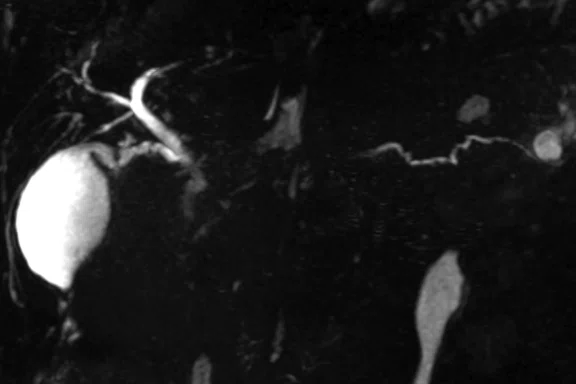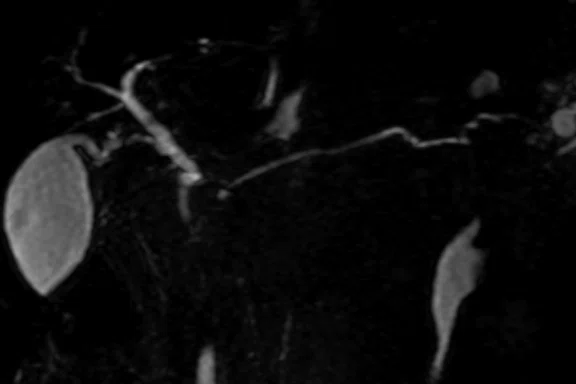‡Not licensed in accordance with Canadian law. Not available for sale in Canada. Not CE marked. Not available for sale in all regions.
‡Not licensed in accordance with Canadian law. Not available for sale in Canada. Not CE marked. Not available for sale in all regions.
Not licensed in accordance with Canadian law. Not available for sale in Canada. Not CE marked. Not available for sale in all regions.
1. Schmid-Tannwald C, Oto A, Reiser MF and Zech CJ. Diffusionweighted MRI of the abdomen: current value in clinical routine. J Magn Reson Imaging. 2013 Jan;37(1):35-47.
2. Kircher, MF et al. Comparison of Breath-hold versus Free-breathing versus Respiratory Triggered and Navigator Triggered Diffusion Weighted Imaging of the Liver. Proc. Intl. Soc. Mag. Reson. Med. 19 (2011).p840.
3. Taouli B, Sandberg A, Stemmer A, et al. Diffusion-weighted imaging of the liver: comparison of navigator triggered and breathhold acquisitions. J Magn Reson Imaging. 2009 Sep;30(3):561-8.
3. Taouli B, Sandberg A, Stemmer A, et al. Diffusion-weighted imaging of the liver: comparison of navigator triggered and breathhold acquisitions. J Magn Reson Imaging. 2009 Sep;30(3):561-8.
3. Taouli B, Sandberg A, Stemmer A, et al. Diffusion-weighted imaging of the liver: comparison of navigator triggered and breathhold acquisitions. J Magn Reson Imaging. 2009 Sep;30(3):561-8.
4. Higaki T, Nakamura Y, Tatsugami F, et al. Introduction to the Technical Aspects of Computed Diffusion-weighted Imaging for Radiologists. Radiographics. 2018 Jul-Aug;38(4):1131-1144.
1. Schmid-Tannwald C, Oto A, Reiser MF and Zech CJ. Diffusion weighted MRI of the abdomen: current value in clinical routine. J Magn Reson Imaging. 2013 Jan;37(1):35-47.
2. Kircher, MF et al. Comparison of Breath-hold versus Free-breathing versus Respiratory Triggered and Navigator Triggered Diffusion Weighted Imaging of the Liver. Proc. Intl. Soc. Mag. Reson. Med. 19 (2011).p840.
3. Taouli B, Sandberg A, Stemmer A, et al. Diffusion-weighted imaging of the liver: comparison of navigator triggered and breathhold acquisitions. J Magn Reson Imaging. 2009 Sep;30(3):561-8.
3. Taouli B, Sandberg A, Stemmer A, et al. Diffusion-weighted imaging of the liver: comparison of navigator triggered and breathhold acquisitions. J Magn Reson Imaging. 2009 Sep;30(3):561-8.
3. Taouli B, Sandberg A, Stemmer A, et al. Diffusion-weighted imaging of the liver: comparison of navigator triggered and breathhold acquisitions. J Magn Reson Imaging. 2009 Sep;30(3):561-8.
A
Figure 1.
A 57-year-old female with unique IPMN of 12 mm situated in the head of the pancreas. (A) Conventional MRCP with respiratory triggered sequence was acquired in 5:27 min.; (B) MRCP with respiratory-triggered and HyperSense acquired in 1:59 min.; and (C) MRCP breath-hold with HyperSense. The breath-hold sequence provides the same diagnostic information as the conventional sequence but in a far shorter scan time of 24 sec. and with fewer motion artifacts.
B
Figure 1.
A 57-year-old female with unique IPMN of 12 mm situated in the head of the pancreas. (A) Conventional MRCP with respiratory triggered sequence was acquired in 5:27 min.; (B) MRCP with respiratory-triggered and HyperSense acquired in 1:59 min.; and (C) MRCP breath-hold with HyperSense. The breath-hold sequence provides the same diagnostic information as the conventional sequence but in a far shorter scan time of 24 sec. and with fewer motion artifacts.
C
Figure 1.
A 57-year-old female with unique IPMN of 12 mm situated in the head of the pancreas. (A) Conventional MRCP with respiratory triggered sequence was acquired in 5:27 min.; (B) MRCP with respiratory-triggered and HyperSense acquired in 1:59 min.; and (C) MRCP breath-hold with HyperSense. The breath-hold sequence provides the same diagnostic information as the conventional sequence but in a far shorter scan time of 24 sec. and with fewer motion artifacts.
A
Figure 2.
A 77-year-old female with a cystic lesion located in the pancreas body, in favor of an IPMN. (A) Conventional MRCP with respiratory-triggered sequence was acquired in 3:39 min.; (B) MRCP with respiratory-triggered and HyperSense was acquired in 2:19 min.; and (C) MRCP breath-hold with HyperSense was acquired in 21 sec. In this case, the patient could not hold their breath perfectly. The respiratory-triggered sequence with HyperSense was able to provide the same diagnostic information as the conventional sequence with a reduced scan time.
B
Figure 2.
A 77-year-old female with a cystic lesion located in the pancreas body, in favor of an IPMN. (A) Conventional MRCP with respiratory-triggered sequence was acquired in 3:39 min.; (B) MRCP with respiratory-triggered and HyperSense was acquired in 2:19 min.; and (C) MRCP breath-hold with HyperSense was acquired in 21 sec. In this case, the patient could not hold their breath perfectly. The respiratory-triggered sequence with HyperSense was able to provide the same diagnostic information as the conventional sequence with a reduced scan time.
C
Figure 2.
A 77-year-old female with a cystic lesion located in the pancreas body, in favor of an IPMN. (A) Conventional MRCP with respiratory-triggered sequence was acquired in 3:39 min.; (B) MRCP with respiratory-triggered and HyperSense was acquired in 2:19 min.; and (C) MRCP breath-hold with HyperSense was acquired in 21 sec. In this case, the patient could not hold their breath perfectly. The respiratory-triggered sequence with HyperSense was able to provide the same diagnostic information as the conventional sequence with a reduced scan time.
A
Figure 3.
A 53-year-old female with a 3 cm mass located in the pancreas head, which led to main and secondary pancreatic ducts dilation as well as intra- and extra-hepatic biliary ducts dilation. (A) Conventional MRCP with respiratory-triggered sequence was acquired in 6:32 min.; (B) MRCP with respiratory-triggered and HyperSense was acquired in 4:08 min.; and (C) MRCP breath-hold with HyperSense was acquired in 21 sec. All sequences provided the same diagnostic information.
B
Figure 3.
A 53-year-old female with a 3 cm mass located in the pancreas head, which led to main and secondary pancreatic ducts dilation as well as intra- and extra-hepatic biliary ducts dilation. (A) Conventional MRCP with respiratory-triggered sequence was acquired in 6:32 min.; (B) MRCP with respiratory-triggered and HyperSense was acquired in 4:08 min.; and (C) MRCP breath-hold with HyperSense was acquired in 21 sec. All sequences provided the same diagnostic information.
C
Figure 3.
A 53-year-old female with a 3 cm mass located in the pancreas head, which led to main and secondary pancreatic ducts dilation as well as intra- and extra-hepatic biliary ducts dilation. (A) Conventional MRCP with respiratory-triggered sequence was acquired in 6:32 min.; (B) MRCP with respiratory-triggered and HyperSense was acquired in 4:08 min.; and (C) MRCP breath-hold with HyperSense was acquired in 21 sec. All sequences provided the same diagnostic information.
A
Figure 4.
A 62-year-old female with a 8 mm cystic mass located in the pancreas tail. (A) Conventional MRCP with respiratory triggered sequence was acquired in 3:46 min.; (B) MRCP with respiratory-triggered and HyperSense was acquired in 2:29 min.; and (C) MRCP breath-hold with HyperSense was acquired in 23 sec. The breath-hold sequence provides the same diagnostic information as the conventional sequence but in a far shorter scan time of 23 sec. The main pancreatic duct is better depicted on the breath-hold sequence, due to motion artifacts present on both triggered sequences.
B
Figure 4.
A 62-year-old female with a 8 mm cystic mass located in the pancreas tail. (A) Conventional MRCP with respiratory triggered sequence was acquired in 3:46 min.; (B) MRCP with respiratory-triggered and HyperSense was acquired in 2:29 min.; and (C) MRCP breath-hold with HyperSense was acquired in 23 sec. The breath-hold sequence provides the same diagnostic information as the conventional sequence but in a far shorter scan time of 23 sec. The main pancreatic duct is better depicted on the breath-hold sequence, due to motion artifacts present on both triggered sequences.
C
Figure 4.
A 62-year-old female with a 8 mm cystic mass located in the pancreas tail. (A) Conventional MRCP with respiratory triggered sequence was acquired in 3:46 min.; (B) MRCP with respiratory-triggered and HyperSense was acquired in 2:29 min.; and (C) MRCP breath-hold with HyperSense was acquired in 23 sec. The breath-hold sequence provides the same diagnostic information as the conventional sequence but in a far shorter scan time of 23 sec. The main pancreatic duct is better depicted on the breath-hold sequence, due to motion artifacts present on both triggered sequences.
result


PREVIOUS
${prev-page}
NEXT
${next-page}
Subscribe Now
Manage Subscription
FOLLOW US
Contact Us • Cookie Preferences • Privacy Policy • California Privacy PolicyDo Not Sell or Share My Personal Information • Terms & Conditions • Security
© 2024 GE HealthCare. GE is a trademark of General Electric Company. Used under trademark license.
CASE STUDIES
3D MRCP with HyperSense: an evaluation of respiratory-triggered and breath-hold sequences
3D MRCP with HyperSense: an evaluation of respiratory-triggered and breath-hold sequences
By Marc Zins, MD, Head of the Radiology Department, Saint-Joseph Hospital
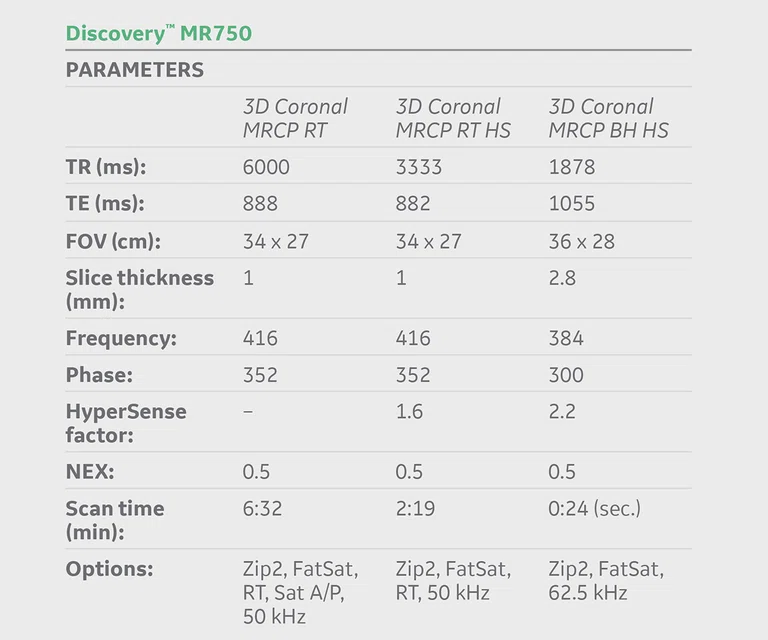
Magnetic resonance cholangiopancreatography (MRCP) is a highly accurate, non-invasive diagnostic test used to assess the hepatobiliary and pancreatic systems. A challenge is that patient compliance is required for respiratory-triggered and breath-hold sequences to achieve diagnostic-quality images.
In October 2016, our institution implemented SIGNA™Works, GE Healthcare’s productivity platform of pulse sequences across core imaging techniques. SIGNA™Works includes HyperSense, a compressed sensing acceleration technique based on sparse data sampling and iterative reconstruction that enables faster scan times or higher resolution.
To evaluate the impact of HyperSense in MRCP exams, we performed a series of comparisons using our existing protocol, a conventional respiratory-triggered Coronal 3D MRCP, a Coronal 3D MRCP respiratory-triggered with HyperSense and a Coronal 3D MRCP breath-hold with HyperSense.
CASE STUDIES
3D MRCP with HyperSense: an evaluation of respiratory-triggered and breath-hold sequences
3D MRCP with HyperSense: an evaluation of respiratory-triggered and breath-hold sequences
By Marc Zins, MD, Head of the Radiology Department, Saint-Joseph Hospital

Magnetic resonance cholangiopancreatography (MRCP) is a highly accurate, non-invasive diagnostic test used to assess the hepatobiliary and pancreatic systems. A challenge is that patient compliance is required for respiratory-triggered and breath-hold sequences to achieve diagnostic-quality images.
In October 2016, our institution implemented SIGNA™Works, GE Healthcare’s productivity platform of pulse sequences across core imaging techniques. SIGNA™Works includes HyperSense, a compressed sensing acceleration technique based on sparse data sampling and iterative reconstruction that enables faster scan times or higher resolution.
To evaluate the impact of HyperSense in MRCP exams, we performed a series of comparisons using our existing protocol, a conventional respiratory-triggered Coronal 3D MRCP, a Coronal 3D MRCP respiratory-triggered with HyperSense and a Coronal 3D MRCP breath-hold with HyperSense.
Technique
Each exam was performed on the Discovery™ MR750 3.0T system with a 32-channel torso coil. The protocol included patient fasting of at least four hours, which reduced the amount of fluid in the stomach and digestive tract, distended the gallbladder and limited duodenal peristalsis. There was no prior administration of anti-peristalsis. The ingestion of pineapple juice just before the examination helped to act as a negative contrast agent, due to the paramagnetic properties of the manganese contained in the juice, thus limiting signal interference related to the digestive tract fluid onto the resultant images.
Figure 1.
A 57-year-old female with unique IPMN of 12 mm situated in the head of the pancreas. (A) Conventional MRCP with respiratory triggered sequence was acquired in 5:27 min.; (B) MRCP with respiratory-triggered and HyperSense acquired in 1:59 min.; and (C) MRCP breath-hold with HyperSense. The breath-hold sequence provides the same diagnostic information as the conventional sequence but in a far shorter scan time of 24 sec. and with fewer motion artifacts.
Figure 2.
A 77-year-old female with a cystic lesion located in the pancreas body, in favor of an IPMN. (A) Conventional MRCP with respiratory-triggered sequence was acquired in 3:39 min.; (B) MRCP with respiratory-triggered and HyperSense was acquired in 2:19 min.; and (C) MRCP breath-hold with HyperSense was acquired in 21 sec. In this case, the patient could not hold their breath perfectly. The respiratory-triggered sequence with HyperSense was able to provide the same diagnostic information as the conventional sequence with a reduced scan time.
MR findings
First, we compared the respiratory-triggered conventional 3D MRCP against the respiratory-triggered HyperSense 3D MRCP sequence using a factor of 1.6. In almost all cases, we achieved similar image quality, however, with HyperSense we were able to reduce the sequence scan time by at least 34 percent. We were also able to reduce artifacts in the respiratory-triggered sequence with the addition of HyperSense due to the shortened exam time.
Next, we evaluated the respiratory-triggered HyperSense sequence against the HyperSense breath-hold sequence using the same factor of 2.2. While the spatial resolution was not the same between these two sequences, we found that the 3D MRCP breath-hold HyperSense sequence could often provide the information needed for a confident diagnosis. Plus, by using HyperSense, the breath-hold sequence could be reduced to 24 seconds or less without respiratory-induced artifacts.
Figure 3.
A 53-year-old female with a 3 cm mass located in the pancreas head, which led to main and secondary pancreatic ducts dilation as well as intra- and extra-hepatic biliary ducts dilation. (A) Conventional MRCP with respiratory-triggered sequence was acquired in 6:32 min.; (B) MRCP with respiratory-triggered and HyperSense was acquired in 4:08 min.; and (C) MRCP breath-hold with HyperSense was acquired in 21 sec. All sequences provided the same diagnostic information.
Figure 4.
A 62-year-old female with a 8 mm cystic mass located in the pancreas tail. (A) Conventional MRCP with respiratory triggered sequence was acquired in 3:46 min.; (B) MRCP with respiratory-triggered and HyperSense was acquired in 2:29 min.; and (C) MRCP breath-hold with HyperSense was acquired in 23 sec. The breath-hold sequence provides the same diagnostic information as the conventional sequence but in a far shorter scan time of 23 sec. The main pancreatic duct is better depicted on the breath-hold sequence, due to motion artifacts present on both triggered sequences.
As a result of our evaluation, the Coronal 3D MRCP respiratory-triggered with HyperSense factor of 1.6 sequence has now replaced the conventional respiratory-triggered Coronal 3D MRCP sequence in our facility. Additionally, in patients who cannot tolerate the high-resolution, respiratory-triggered 3D MRCP with HyperSense scan, the Coronal 3D MRCP breath-hold HyperSense factor of 2.2 sequence is an excellent option that can result in a successful examination.










